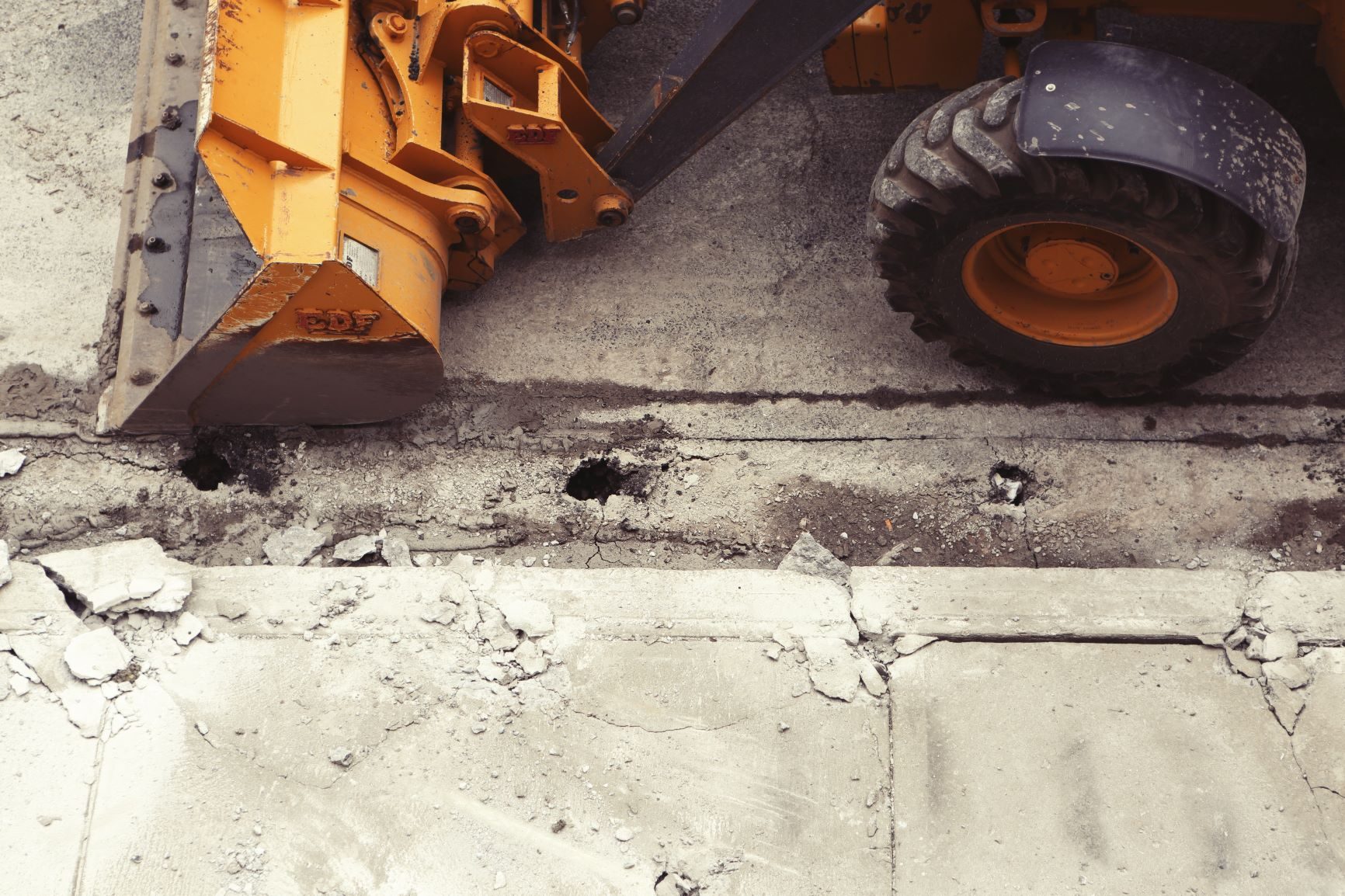Fuel storage tanks are a necessity for many small and large commercial businesses. However, they can often lead to environmental liabilities. Underground Storage Tanks (USTs) that contain petroleum products used as either motive or appliance fuel at properties such as gasoline service stations, bulk plants, marinas, private fuel outlets, commercial facilities and residential properties, are governed in Ontario by several regulations.
What to Know About USTs
The Technical Standards and Safety Authority (TSSA) and associated Regulations – Liquid Fuel Handling Code (O. Reg. 213/01) and Fuel Oil Code (O. Reg. 217/01). Section 2.4.2.1 of the Liquid Fuel Handling Code requires where USTs are out of service for two years or more, the owner of the tank system, or owner of the property, must remove the USTs from the ground.
In some instances, improvements to properties such as building renovations, building additions, or other site upgrades may make the physical removal of buried USTs impractical. In these situations, an application for a variance or deviation from the Regulation can be submitted to the TSSA to allow in-place abandonment/decommissioning. The requirements to submit a variance includes a description of why physical removal is impractical, and the completion of an Environmental Assessment in strict accordance with the Fuels Safety Program Advisory FS-175-01, dated March 2019.
Our On-Site Experience
This situation presented itself recently when a client of ours was undergoing fuel storage tank upgrades at a commercial property in the GTA. The USTs at the property were installed in 2002, but an addition to the building was added in 2015. Due to the proximity of the building addition to the buried USTs, it was determined that physical removal would compromise the structural foundation of the building addition. Premier completed the required Environmental Assessment and applied to the TSSA on behalf of the client for a variance to consider in-place abandonment of the USTs. The variance was allowed to move forward subject to the following conditions:
- The fill and vent pipes associated with the USTs are removed;
- The USTs are emptied of all products and material and cleaned and purged;
- The USTs are completely filled with concrete;
- Notification outlining the date and time of the abandonment work is provided to the TSSA to allow the required inspection of the work;
- Failure to meet any of the conditions specified will cause the variance to lapse and ultimately not be approved, and;
- The variance process is subject to public access under the TSSA Access and Privacy Code.
The in-place abandonment was completed by a licensed petroleum contractor under the supervision of Premier who liaised with the TSSA. The non-intrusive nature of the work caused very little disruption to the properties operational activities and was much more time and cost effective.
Do you have a UST that requires decommissioning? It’s important to know that options are available to address environmental matters outside of the prescribed directives of the applicable regulations. Premier has experienced professionals that can help you navigate these complex regulations and environmental matters in a time and cost-effective manner. For more information on how Premier Environmental Services can assist you with your environmental matter, please give us a call at 519.653.7140.






